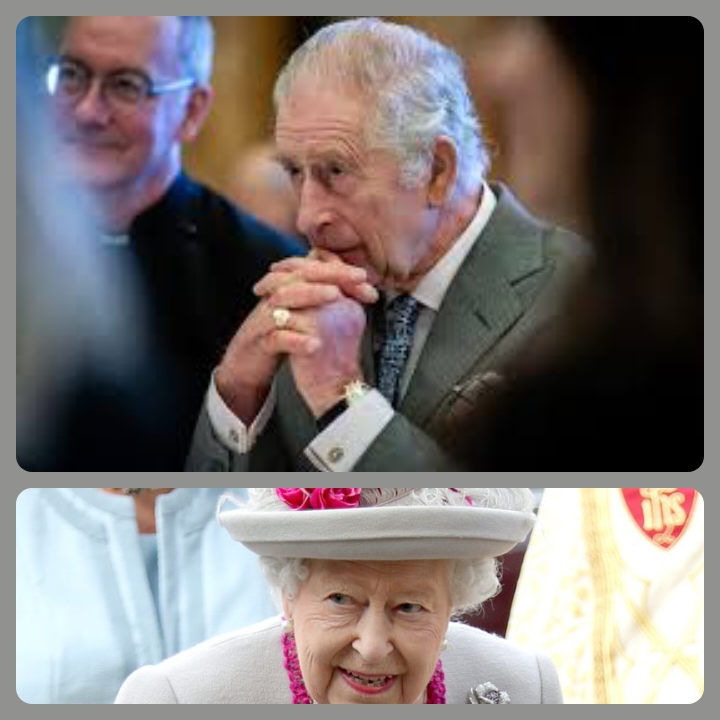NEWS
King Charles Diagnosis a generational crisis: SEE WHY

Members of the Royal Family are thought to keep quiet about their health problems – but the King is not the first to have been diagnosed with a serious condition in later life.
Here, we look at other cases of British monarchs who have been diagnosed with a serious health condition.
Queen Elizabeth II
The King’s mother, Queen Elizabeth II, generally lived a life of robust health, but was diagnosed with COVID in February 2022.
In the months before her death aged 96 in September 2022, there were concerns about her mobility after she missed the State Opening of Parliament that year.
In October 2021, the Queen spent a night in the King Edward VII Hospital in central London after cancelling a visit to Northern Ireland – it was not clear why she was in hospital.
Buckingham Palace said she was admitted for “preliminary investigations” but returned to Windsor Castle a day later and “remained in good spirits”.
It was her first overnight hospital stay in eight years – with the previous time being due to a case of gastroenteritis in 2013.
Prince Philip
A month earlier he had a “successful procedure” for a pre-existing heart condition.
In 2012, he missed the Queen’s Diamond Jubilee celebrations as he was treated in hospital for several days with a bladder infection.
In 2011, the Duke of Edinburgh was rushed to the hospital by helicopter from Sandringham due to chest pains.
He was treated for a blocked coronary artery and underwent a minimally invasive coronary stent procedure.
Two years earlier, Prince Philip was involved in a car crash when his vehicle was hit by another car.
He was not injured but was seen by a doctor as a precaution.
Princess Margaret
The Queen’s sister had several strokes in the years before her death in 2002.
In 1999, she severely scalded her feet in a hot bath, impacting her ability to walk.
Queen Mother
Queen Elizabeth II’s mother, who died aged 101 in 2002, suffered persistent ulcers on her left leg and problems with her hips which made walking difficult in later life.
In 1995 she had her right hip replaced, before her left hip was replaced three years later.
King George VI
In 1951, King George VI, the father of Queen Elizabeth II, had part of his left lung removed.
He never made a full recovery and died a year later, when it was revealed he had been suffering from lung cancer.
King George VI was a heavy smoker and as a consequence had developed peripheral vascular disease causing intermittent claudication – meaning he experienced pain in his muscles due to a lack of oxygen.
King George VI died from lung cancer in 1952
Prince Edward VIII
Prince Edward VIII, who was King George VI’s brother and Queen Elizabeth II’s uncle, was King until he abdicated in January 1963.
Like his brother, he was a heavy smoker, and died in 1972 after suffering from throat cancer.
Queen Elizabeth II, when she was a princess, with her uncle, Edward VIII, when he was Prince Edward, during a visit to Balmoral in 1933.
Sarah, Duchess of York, who was married to Prince Andrew, was diagnosed with skin cancer in January 2024 – just six months after being treated for breast cancer.
A spokesman for the duchess, 64, said she remained in “good spirits” despite the diagnosis.
In January, the Princess of Wales underwent abdominal surgery in London and was recovering at home after a stay in hospital.
She has since returned home to Windsor, with Kensington Palace saying she is “making good progress”.